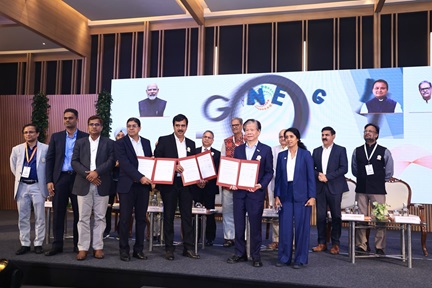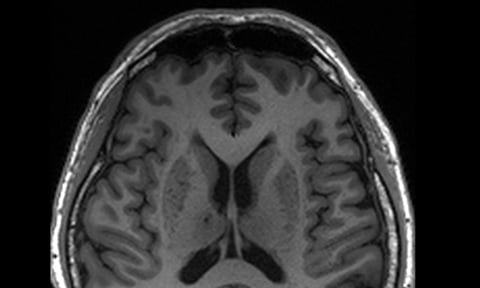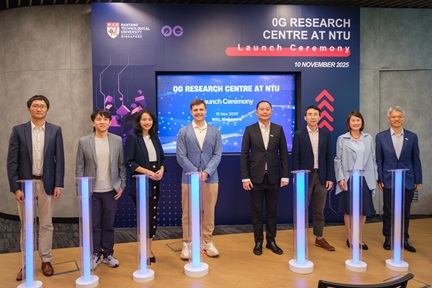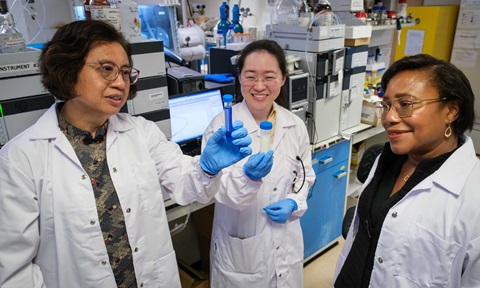Advancing 3D printing in healthcare with new R&D lab
 Singapore General Hospital (SGH) patients are expected to benefit from healthcare innovations, such as customised medical devices and implants, under a collaboration with Nanyang Technological University, Singapore (NTU Singapore) to set up a Joint Research & Development Laboratory in additive manufacturing (AM), also known as 3D printing.
Singapore General Hospital (SGH) patients are expected to benefit from healthcare innovations, such as customised medical devices and implants, under a collaboration with Nanyang Technological University, Singapore (NTU Singapore) to set up a Joint Research & Development Laboratory in additive manufacturing (AM), also known as 3D printing.
These innovations are currently still in development, and when implemented, would represent a significant leap towards pioneering healthcare solutions that could redefine patient treatment.
The collaboration leverages the combined expertise and resources of SGH’s 3D Printing Centre and NTU’s Singapore Centre for 3D Printing (SC3DP) to study and develop related technologies for clinical applications in a point-of-care setup.
The Joint R&D Lab in additive manufacturing will focus on the following four areas:
1. Prosthetic & Orthotic Devices
This research area involves developing capabilities in the modelling and use of additive manufacturing methodologies for Prosthetic & Orthotic (P&O) devices, including Ankle Foot Orthosis, Wrist Hand Orthosis, and Below Knee Amputation Sockets.
2. Bioprinting for Regenerative Medicine
This research focus aims to develop capabilities to 3D print living tissues, or bioprinting, specifically for regenerative medicine. This involves exploring the clinical applications of bioprinting and working towards translating existing research in this field into practical clinical use. A part of this effort will be to assess the feasibility and infrastructure requirements necessary to set up bioprinting capabilities at the point-of-care.
Additionally, the project will focus on conducting research into new areas of bioprinting that hold high clinical significance, such as human organ printing, to further enhance its potential impact in regenerative medicine.
Key objectives include defining design guidelines and requirements to 3D print the devices, which will involve engineering analysis, material selection, and functional testing. Additionally, the project will study and determine the most optimal materials and manufacturing techniques utilising various additive manufacturing technologies.
3. 3D Printed Implants at Point-of-Care
Developing capabilities for 3D printing medical implants directly at the point-of-care is the third area of research focus. This will involve exploring the potential of technologies like PEEK, a type of plastic known as Polyetheretherketone, and metal 3D printing to create implants for specific medical procedures such as surgical repair of a bone defect in the skull and reconstruction of the bones surrounding the eyeball.
4. Additive Manufacturing Technology Landscaping for Healthcare Applications
Reviewing and enhancing the additive manufacturing technology landscape specific to healthcare 3D printing involves identifying and developing potential applications with clinical significance, such as food printing and flexible electronics for medical monitoring devices.
The focus is on cultivating capabilities and methods to translate these innovative applications into practical healthcare use cases, aiming to integrate advanced 3D printing technology into diverse medical needs.
Similarly, the feasibility and infrastructure requirements for setting up implant printing capabilities will be thoroughly studied to ensure efficient and effective implementation.





.tmb-listing.jpg?Culture=en&sfvrsn=cfde9c58_1)

